If your goal is to create a sublimation with a high level of brightness and contrast, then follow the simple tips presented in this article. So, how to make sublimation brighter? There are several ways to do this, such as increasing the amount of heat, using higher quality paper, and using a different type of sublimation ink.
You can find out which type is right for you by reading the material in this article.
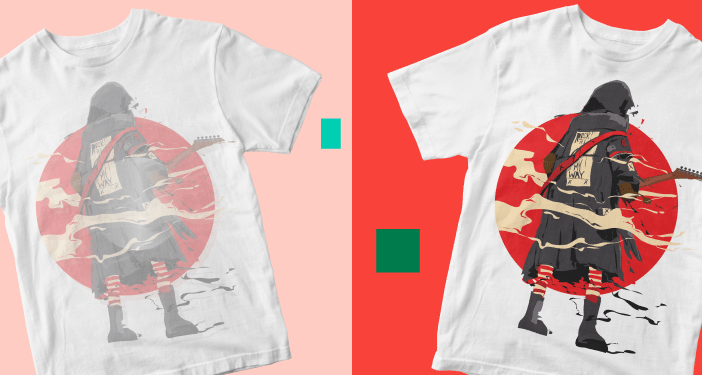
Why does sublimation ink fade so much and how to make sublimation brighter
In principle, a sublimation printer often produces beautiful, bright shades. In reality, however, the hues often turn out dull and unattractive. Sublimation printing uses the B-V-R color triangle. The B-V-R color triangle is a three-dimensional technique for describing the reddish, yellowish, and bluish components of colors.
Because the stimulating yellow, magenta, and cyan components of color light are not present in the solid phase, sublimation colors tend to be soft.
Instead of being transmitted through the substance, the light is converted into heat. The lack of purity of tone also makes the sublimation process dull.
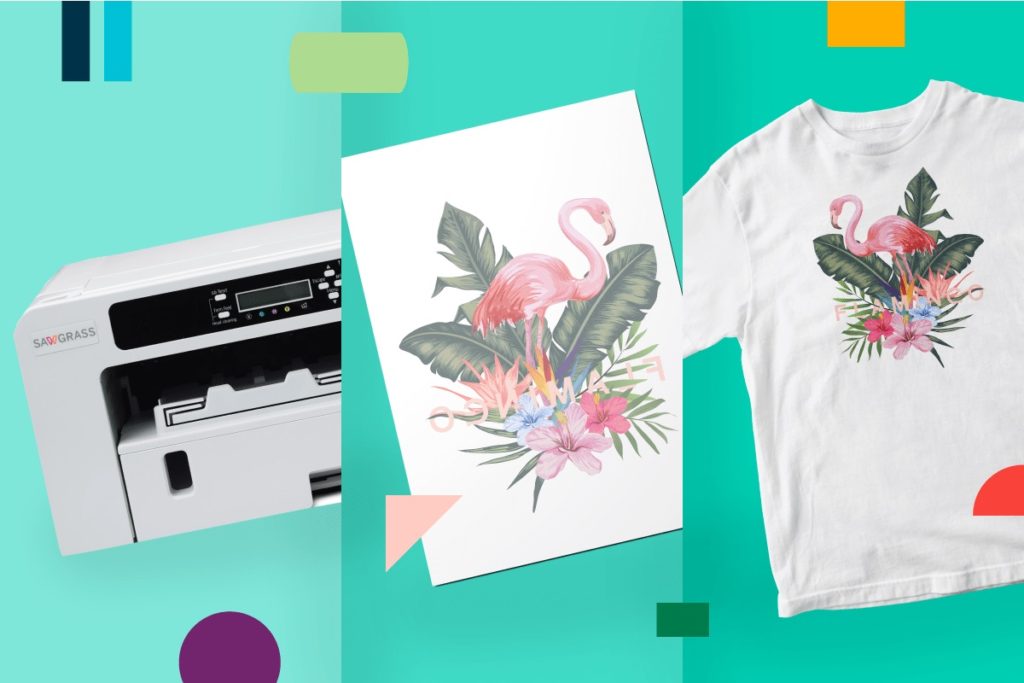
Tips on buying a dye-sublimation printers
One of the most important aspects to consider before buying a printer is that if we use it for dye-sublimation, we usually lose the factory warranty because the ink used is not the original brand ink. So, let’s look at some of the features you need to know before buying a dye-sublimation printer.
Performance
Look for sublimation printers with optimum performance, low ink consumption and high print speed. These aspects will save you precious time and money at the start and when you have several orders waiting to be filled. In addition, speed is an aspect that is increasingly demanded by consumers.
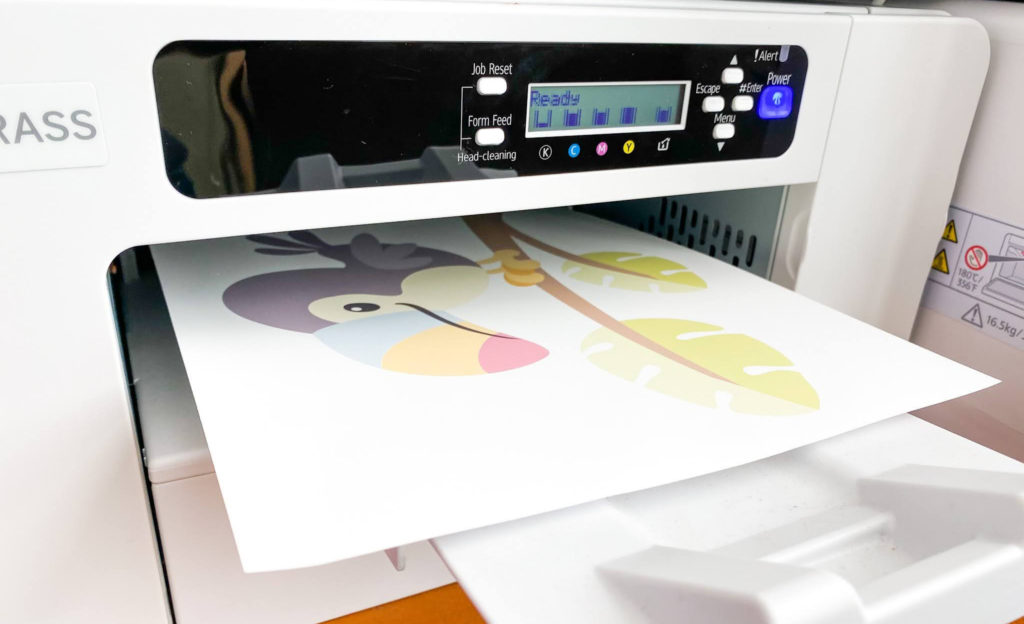
Quality
Image quality is an extremely important characteristic, as you have already guessed. Your personalizations should be of the best quality you can afford. The quality of the product being personalized and the properties of the print are aspects that will set you apart from the competition.
Print Cost
The cost of a printer is an issue we recommend that you find out before you buy. To determine the cost of a sublimation printer, you need to know the price of the ink and divide it by the number of pages it outputs (consult your supplier).
Add the result to the cost of the dye-sublimation paper (per unit); and finally, multiply all of this by the estimated number of prints per month of operation.
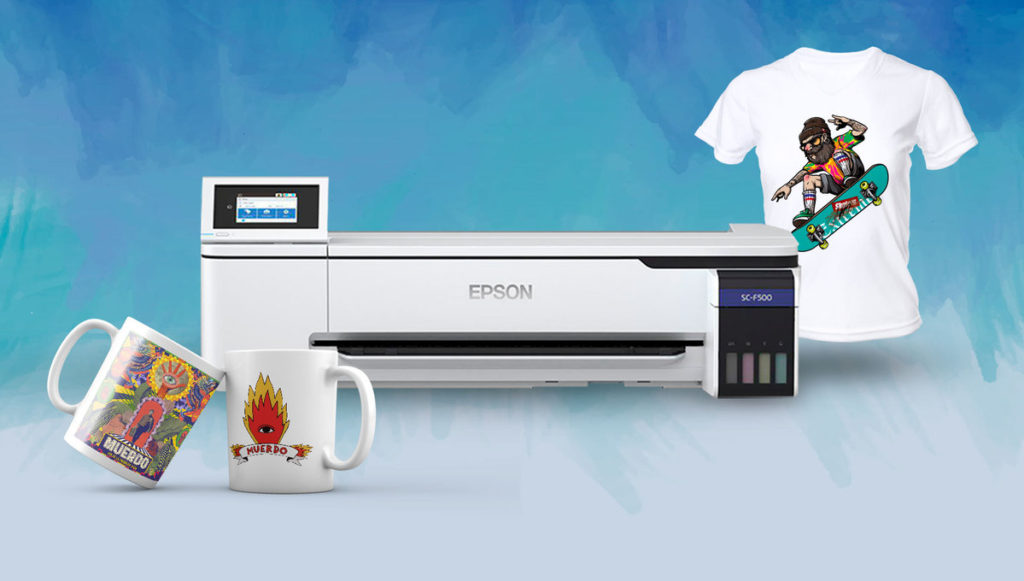
Where is sublimation printing used as a printing method
Sublimation print is available for any type of customer, but the specifics of this type of work make it highly recommended for certain sectors.
This method has long been firmly established in many fields, displacing or ranking with other printing methods such as laser printing or inkjet printing.
Art photography
The art photography sector requires increasingly high-quality prints, as the quality of the print will also be indicative of the quality of the photo itself. Almost all professional photographic work is printed by sublimation.
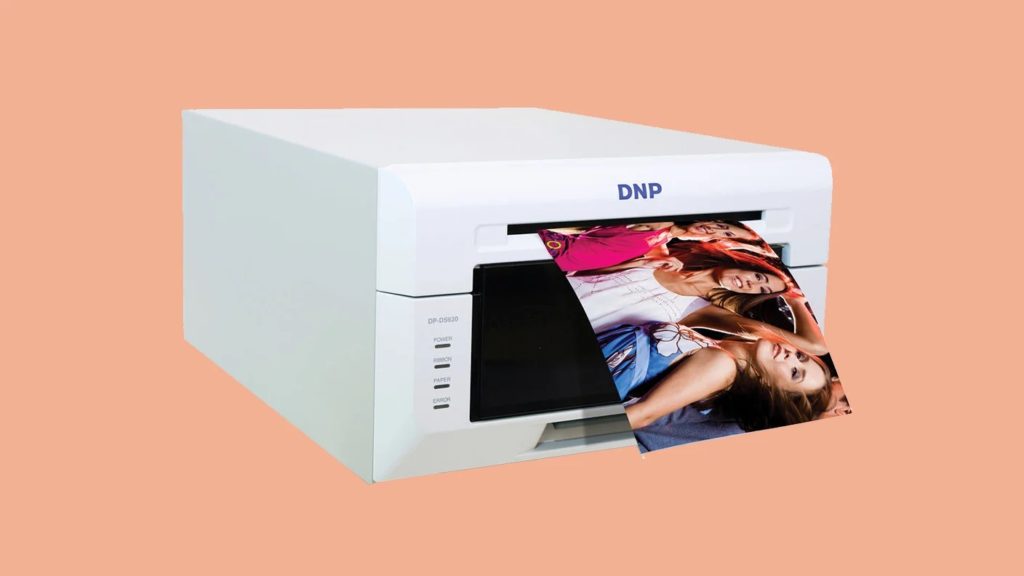
Advertising
An advertising poster must make an impression, and to do this, the quality of the image must be excellent. Advertising posters associated with luxury are usually printed by sublimation so that the campaign can make an impact. In addition to signage, marketing uses digital sublimation printing for packaging and merchandising.
Textiles
Sublimation achieves unbeatable results on textiles. Clothing must contain at least 60% polyester to ensure proper print retention and good quality.
In addition to these substrates, sublimation is also used to print on surfaces where other methods do not guarantee optimum quality. Sublimation is very versatile, capable of fixing ink on any type of material and always guaranteed to a buyer quality images. Personalized gifts are popular method of using sublimation – such as mugs, coasters, phone cases, keychains etc.
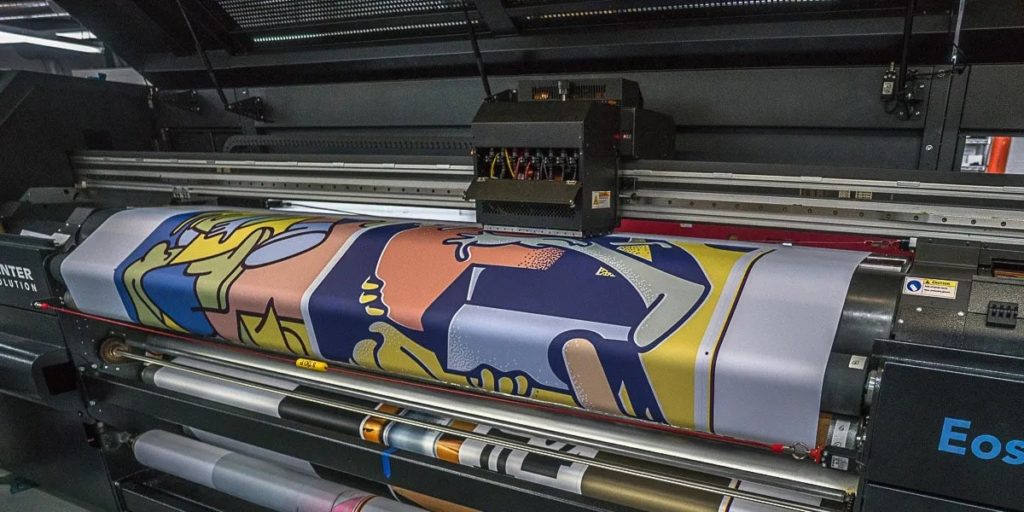
Tips for brilliant sublimation printing
You will get sublimation prints brighter if you follow the basic rules and know some tricks. Here are the basic rules for great quality prints:
- Be sure to use high-quality paper. The colors will be more vibrant as a result.
- Printing the image on a light-colored background will make the color more vivid.
- Make sure the resolution of the image is at least 300 dpi. This will minimize pixelation and blurring in the final print.
- Make sure the image is centered and that there are no horizontal or vertical lines in the image.
- Experiment with different color combinations to see what you get. Changing a tone of the color can sometimes make a big difference in its brightness.
- Experiment with different levels of contrast. Changing the intensity of a light or dark tone can sometimes dramatically change its brightness.
- Experiment with different brightness settings. Increasing the brightness setting can sometimes make a big difference in how bright it appears.
- Use higher printer heat settings to see if that helps. This will cause the dyes to sublimate more completely, resulting in brighter prints.
- Heat the press. For best results, use a thermal press with even pressure. Preheat the fabric for an appropriate amount of time before ironing.
- Use high-resolution images: The quality of the image you’re sublimating will be reflected in the final product. Use high-resolution images to produce sharper and more detailed prints.
- Apply heat and pressure evenly: Heat and pressure are crucial elements in sublimation printing. Make sure that your press is set to the right temperature and that pressure is applied evenly across the substrate.
- Calibrate your printer: Calibration and color management are critical for achieving accurate color reproduction. Your printer should be calibrated regularly to ensure consistent and accurate results.
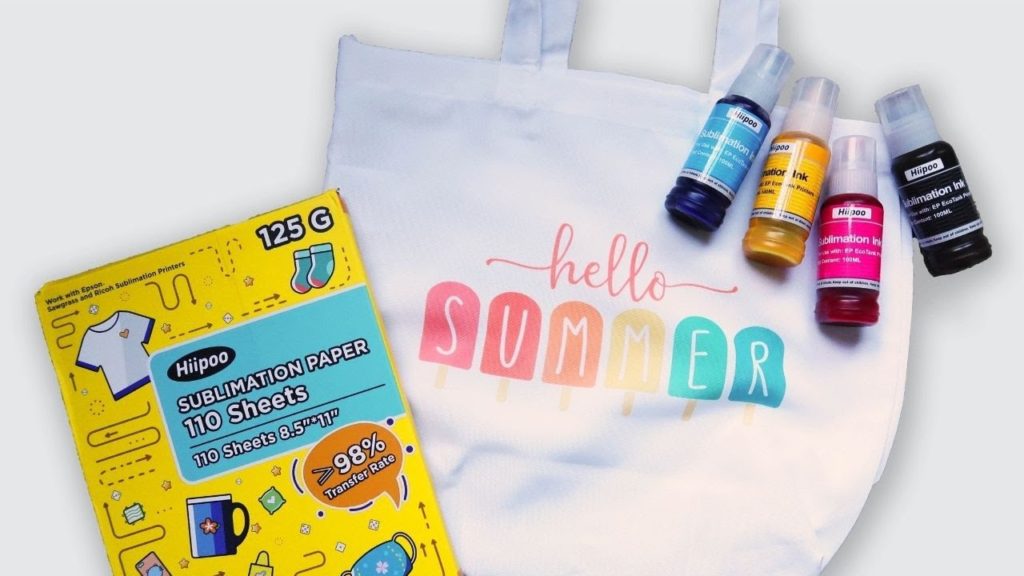
Color management in the sublimation process
This is very important for managing dye-sublimation printing because getting the desired colors as they look on our monitor is quite difficult if you don’t know how to manage it.
This section will show you how to get the best results in this case without losing print quality.
Color profile – promises success for quality printing
The color profile is essential for achieving the perfect color for your personalized products. If sublimation colors are the “heart” of sublimation equipment, the color profile acts as the “brain” of the system.
It is recommended that you use quality dye-sublimation inks and ask the ink manufacturer for the correct color profile for your printer model. This way, color management in dye-sublimation becomes as easy as one click in a color management program.
Know as well as you can a graphics program: Photoshop, CorelDRAW or Illustrator, so that you can create color graphics for your printer model.
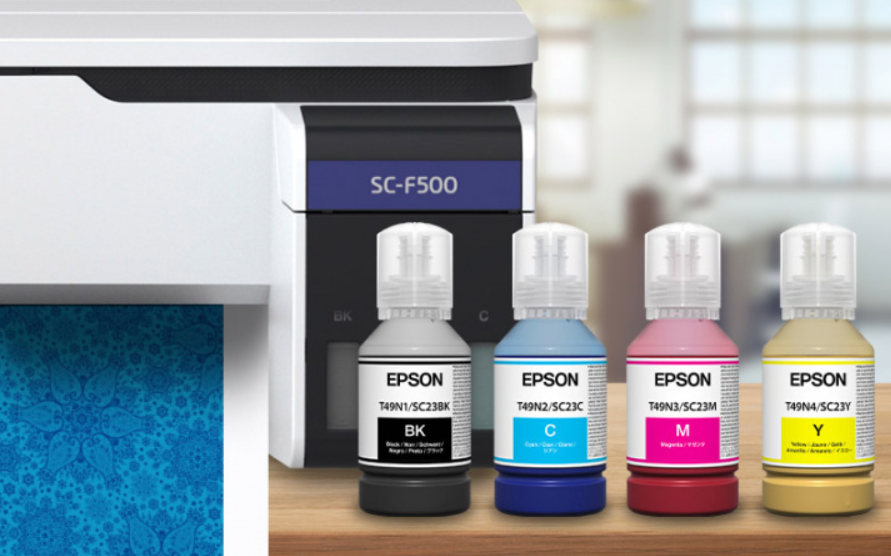
Why is color management in sublimation so difficult
Although we want the colors on the monitor to be the same, this will not happen when printing on paper or coating because they are not the same. You shouldn’t rely only on what you see on the screen because the paper goes through several processes during printing, and the thermal methods are very different. As a result, the color will never be the same.
On a computer screen, colors are created as combinations of RGB (red, green, blue) light. Although all colors of the visible spectrum are created as a combination of red, green, and blue light, the computer screen allows you to display only a limited range of colors or gamut.
In contrast, printers create colors from CMY, (cyan, magenta and yellow), and although black is created as a combination of these three colors, printers use a fourth black ink because it is cheaper than creating black from the other three colors. Thus, printers generate the entire color range from CMYK.
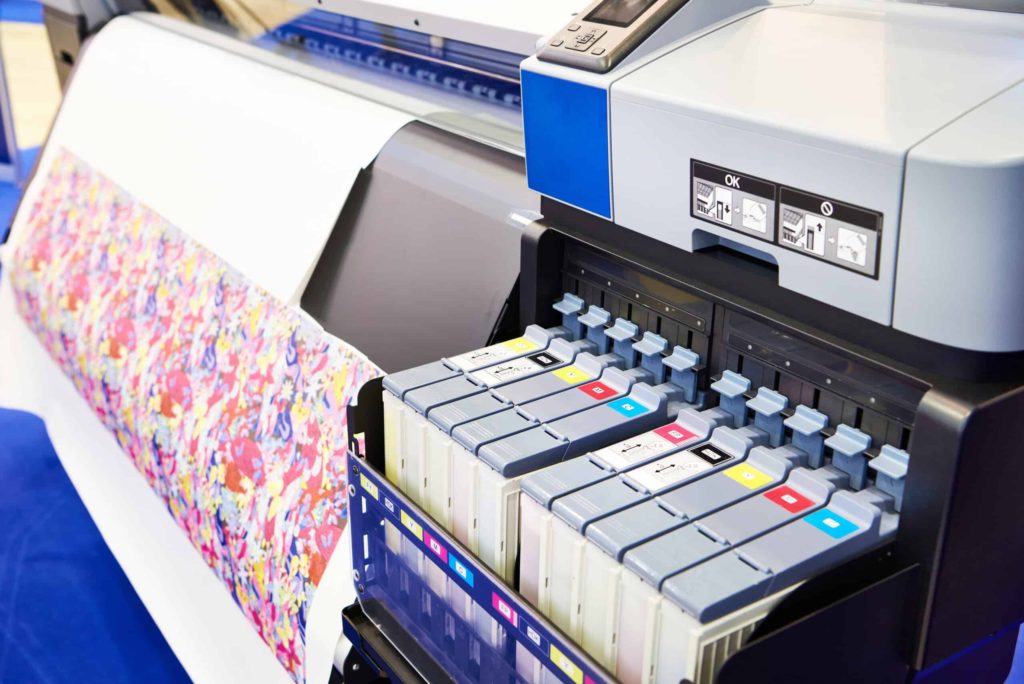
What is a root of the problem
This is where the problems arise because the color gamut of the two systems is different because the RGB range is wider than CMYK, and there is no direct match between the two. This is why color management allows us to adjust the color shift for the best results for our product to be sublimated.
Other factors that affect color quality management
Other factors also affect a color: the type of sublimation products we use, the finish of those products, environmental factors such as temperature, and the pressure applied to the transfer plate.
Ink quality: The quality of the sublimation ink used can also affect the final colors. If the ink is not of high quality, the colors may not be accurate or vibrant.
The amount of pressure and temperature is an important factor because too much temperature affects the end result because if the product turns yellow or darkens, we will burn it.
For the best result or the best likeness it is necessary to have the right material, quality products such as printers and thermal presses, the inputs must have a perfect polymer coating for the best ink encapsulation, making sublimation brighter.
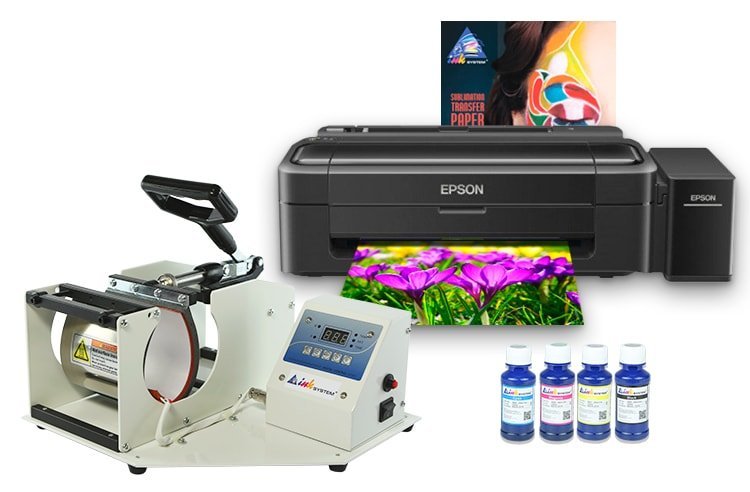
How do I make sublimation brighter on a cotton shirt
Many people don’t get good, high-quality prints on cotton and get frustrated with printing. To get a beautiful and long-lasting print on a T-shirt or sweatshirt, you only need to know three rules:
- type of paper;
- type of vinyl;
- type of ink;
Sublimation paper consists of a clear sheet of polyester that is ironed onto the clothes you want to personalize, and then sublimation paper is applied to the polyester and the sublimation ink is attached.
It’s nice to the touch and has a medium-low washability. Because of the color deterioration with washing, this paper is very good for personalizing the vintage style. It is also a good choice for low-maintenance clothing such as event and party t-shirts.
Vinyl, on the other hand, SubliFlex or SubliFlock is more variable in the types of prints applied, has a velvety surface, but is rarely used to create vintage-inspired designs.
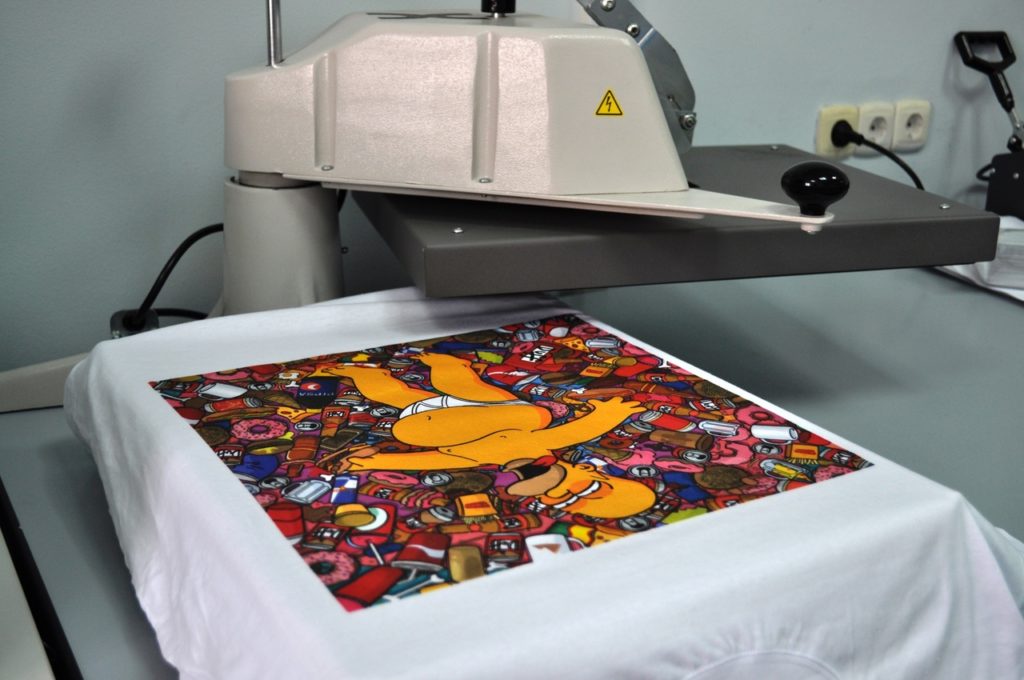
Why does my sublimation look faded after washing
To better understand why water affects sublimation so much, we need to delve a little deeper into the chemistry of this process.
Sublimation is a chemical process in which an element goes directly from a solid state to a gaseous state without going through a liquid state.
Now that we know a little more about the chemistry of sublimation, we can better understand why moisture affects this process. Imagine that water in the environment mixes with the ink when you sublimate. It displaces and interferes with the anchoring of the ink in the polymer, resulting in very common and characteristic defects such as:
- change in color hue;
- displacement of color outside of the design;
- spots or highlights;
- blurred or lumpy effects.
Unfortunately, the process of print decay is inevitable over time, and you can only affect it by choosing quality materials in the sublimation process such as paper, vinyl, ink and a quality printer.
Why is my sublimation not bright
Causes of dull sublimation can include low temperature, paper or vinyl of inappropriate type or quality, poor sublimation inks, and failure to follow processes to create sublimation prints. These can include the operation of a heat press with low pressure.
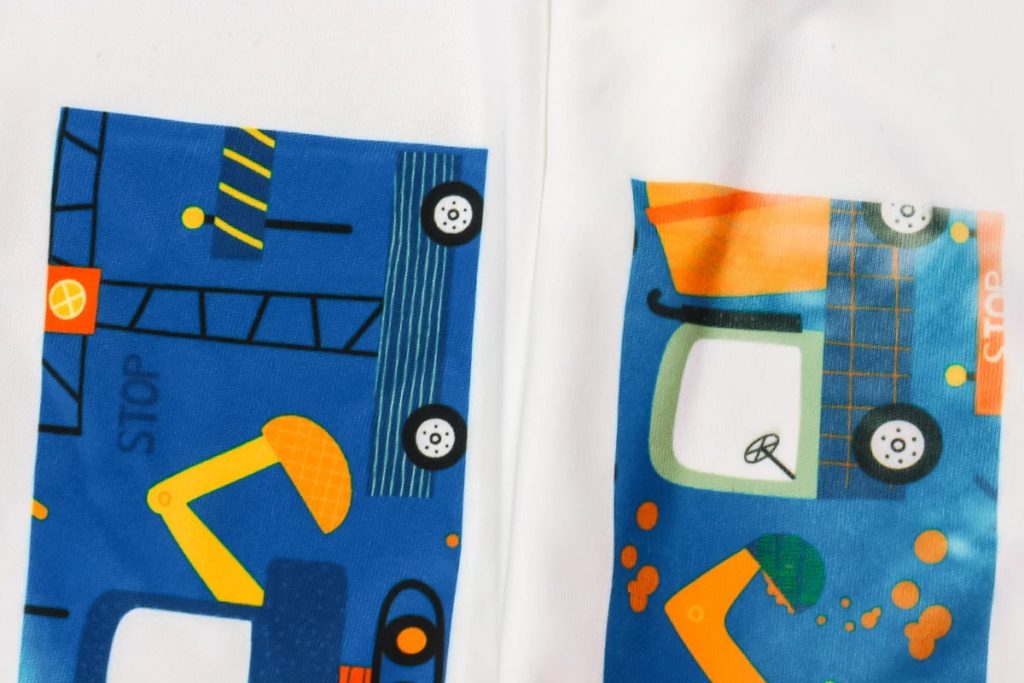
Conclusion
Getting sublimated products and looking their best, make sure that the substrate is smooth and free of imperfections. Then set the optimum printer settings and finally print with a heat press using moderate pressure and temperature. That is all! You are now a master at creating great and long-lasting prints.

Hi, I’m artist and sublimation printing expert. Born and raised in Anchorage, Alaska, I had passion for photography and painting from my childhood. I started my career as a sublimation print operator for a local printing company in 2012. The role exposed gave me lots of practical knowledge about printing process, from managing color profiles to ensuring print quality on various materials.

Leave a Reply